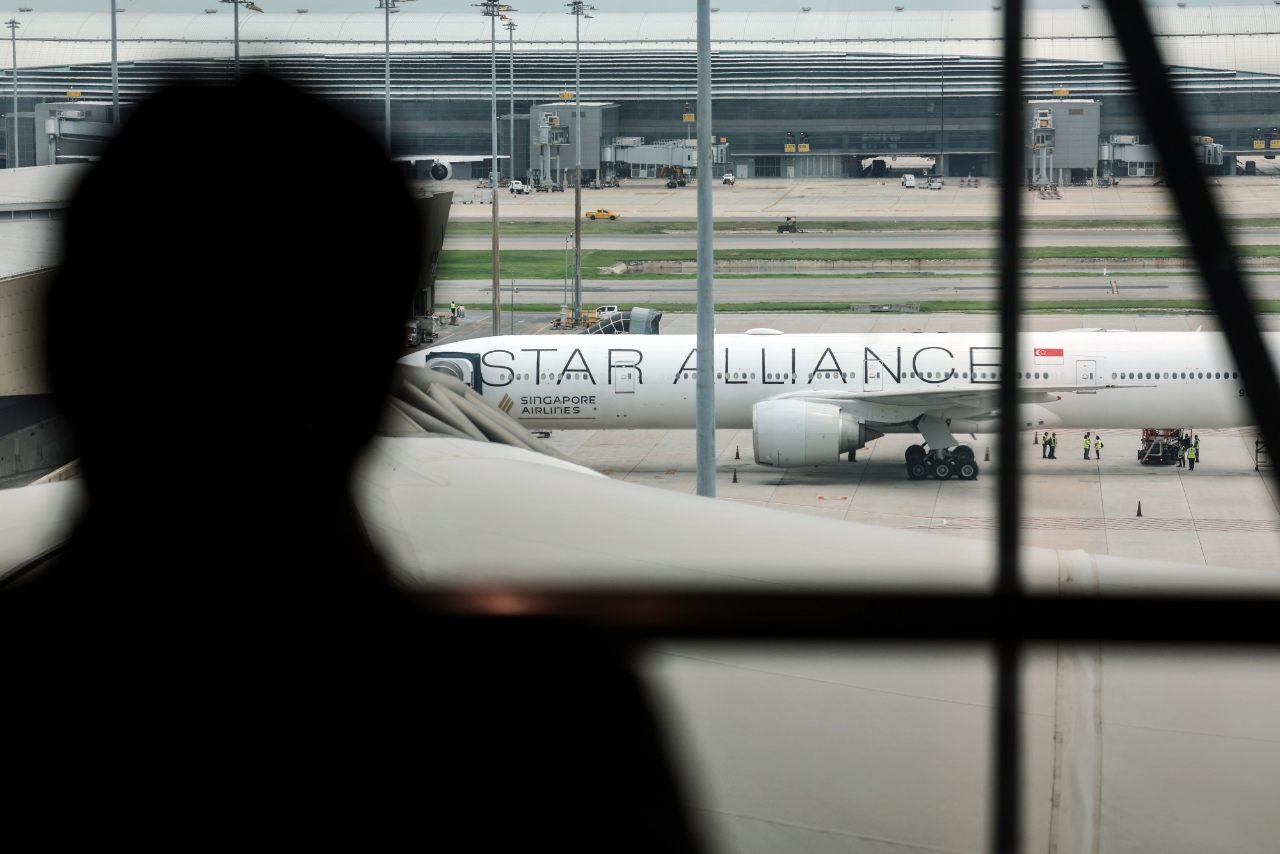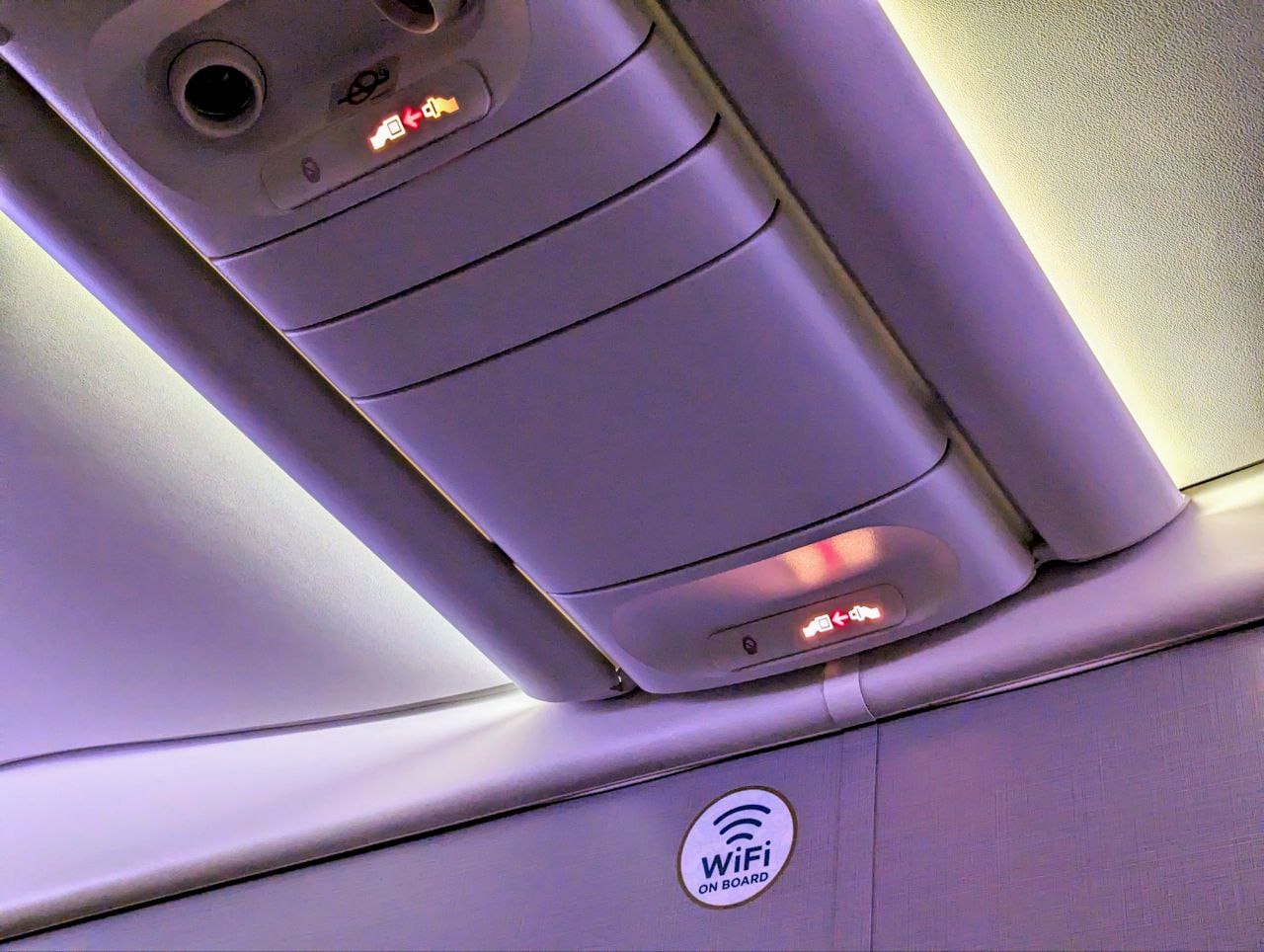In the wake of the SQ321 turbulence incident, Singapore Airlines introduced enhanced safety measures across its fleet, most noticeably the suspension of all cabin services whenever the seat belt sign was turned on.
There were certainly mixed feelings about this move, to put it mildly. Some felt it was a sensible decision, akin to a safety pause in the construction industry after a fatal accident. Others felt it was a knee-jerk overreaction to what essentially amounts to a freak incident.
Well, regardless of where you fall on that matter, things will be returning to normal now. Having reviewed its turbulence management protocols and provided staff, pilots and cabin crew with additional training, Singapore Airlines will be restoring its pre-SQ321 cabin service routines effective 1 August 2024.
Singapore Airlines’ enhanced cabin safety measures

For those of you who haven’t been flying recently, here’s a reminder of the measures that came into effect shortly after the SQ321 incident on 21 May 2024.
| 💬 SIA Statement (23 May 2024) |
|
-SIA spokesperson |
|
The main headline here is that all cabin services were suspended as soon as the seat belt sign came on, whether it was light or severe turbulence. Everyone on the plane, whether passenger or crew, was required to return to their seats and belt up.
In addition to this, meal services on some flights inbound to Singapore were brought forward. I personally encountered this on a flight home from Paris, where the pre-landing meal was served at the mid-point instead. The idea behind this is that the weather closer to Singapore can be more unpredictable (especially if the flight passes over the Bay of Bengal, which is known for turbulence), and because of the requirement that cabin crew are seated whenever the seatbelt sign goes on, there may not be sufficient time to complete the service otherwise.
Singapore Airlines restores standard inflight service
Per a statement from an SIA spokesperson, Singapore Airlines has reverted to its standard inflight service procedures from 1 August 2024, 0001 hours Singapore time.
| 💬 SIA Statement (1 August 2024) |
|
-SIA spokesperson |
|
The upshot is that things are returning to normal. Cabin service will continue to be delivered during periods of light turbulence, based on the pilot’s assessment of weather and operational conditions. As before, hot beverages including soup will not be served when the seat belt sign is switched on (this was already the case prior to SQ321).
From the passenger’s point of view, the only enduring difference will be periodic reminders via the IFE system to keep seat belts fastened while seated- which they should be doing anyway.
My thoughts on the changes

When Singapore Airlines announced its enhanced cabin safety measures following SQ321, the online discourse basically amounted to two camps. Either you thought this was sensible and wise (in which case anyone who disagreed was a heartless SOB who didn’t care about crew safety), or you thought it was a kneejerk reaction (in which case anyone who disagreed was a wimp who should just stay at home in bubble wrap).
As with most things, the answer lies somewhere in the middle. SQ321 was tragic, no two ways about it. It’s a sobering reminder that even with all our modern technology, we’re still at the mercy of the elements every time we take to the skies. There are people whose lives will never be the same, from scars both physical and psychological.
At the same time, SQ321 was also a black swan incident, the kind that could have happened to any airline on a bad day (and if you want to talk about a tragedy that could easily have been someone else, let’s not forget that SQ351 was only 10 minutes away from MH17 when the latter was shot down over Ukraine in 2014).
In that sense, air travel is no more or no less dangerous than it was before SQ321, so it really wouldn’t make sense to permanently change SOPs because of a once in blue moon scenario. I think most people will understand that there’s turbulence, and then there’s turbulence. Cabin crew consist of able-bodied individuals who are trained to safely carry out service in a mildly-unstable environment.
On the other hand, the passenger mix comprises all sorts, including children and those with physical infirmities who should certainly not be moving about the cabin when any kind of bumpiness can be expected.
Therefore, having different sets of rules for crew and passengers is by no means a commentary on whose safety is more important, but rather the ability and training of the individuals concerned.
Ultimately, the pilots will have to assess the weather and make the decision to suspend cabin services during moderate or severe turbulence, and I believe it’s best to defer to his or her situational judgement instead of having one-size-fits-all rules.
So I’m glad that there’s now been a comprehensive review and regular service will resume. Truth be told, the suspension of cabin services whenever the seat belt sign was switched on inconvenienced not just passengers, but crew too. They effectively had less time to do the same job, and would sometimes get dinged by passengers in the post flight surveys for something that was not their fault at all.
Conclusion
Singapore Airlines is restoring its normal inflight routines from 1 August 2024, which means an end to the automatic suspension of cabin services whenever the seat belt sign comes on.
It goes without saying that “seat belt hygiene” should continue though, because it’s a low-cost investment for something that could very well save your life!





Just in time for my Suites flight next week!
Yay
Flew from BKK to SIN recently and there was a long period where the crew were seated. I was in business class already having my meal so it didn’t bother me much. However, I’m sure they cut it very finely in economy class with many still unserved when the seat belt lights finally came off.
Singapore Airlines doing away with the rules is a clear indication which side of the argument is the correct one. It was always a knee jerk reaction solely meant to calm the nerves of passengers that they were doing something (even if it was ineffective).
Can confirm. On a flight right now and pilot says “cabin crew. You may continue service with caution”
Good. This was the commonsense thing to land on after the initial reactive response.
This will be a welcome news for those in economy class. I don’t think the crews have much of problem in my recent flight in. a suite to LHR.
IMO most problems is to maintain the quality of service in economy.
Flew back to sin from Europe a few days ago in biz and service was only paused at some instances of seatbelt sign being switched on. Furthermore, during the first meal service there were some bumps that I thought would usually warrant a seatbelt sign, but it wasn’t turned on, presumably to avoid the crew from packing and starting again later.
Also, a lot more items are served by trays; satay and desserts, fruits, cheese are served by tray instead of from the cart. Only Table setting and appetisers share and use a cart (though this might have already been the norm before), however much lesser drinks were on the cart but the crew were happy to serve anything you asked.
Second meal service (light lunch) started around 3 hours before landing, slightly earlier than usual but nothing like 6 hours before landing. Crew also didn’t wake everyone up to serve them but rather served them as they woke up
took a few flights recently. My general impression of the meal service is that it is very slow. Even without any turbulence and interruptions, it could take about two hours to finish the meal (SYD-SIN). I have had long waiting time between courses.
Hopefully they will review the timing of meals being served. Flew from LHR-SIN last week. First meal (lunch) was served about an hour in which is perfect, but the breakfast was then served 6 hours in (still more than half the flight to go). Lights came on and woke up the kids who I had just managed to get to sleep. 🙁